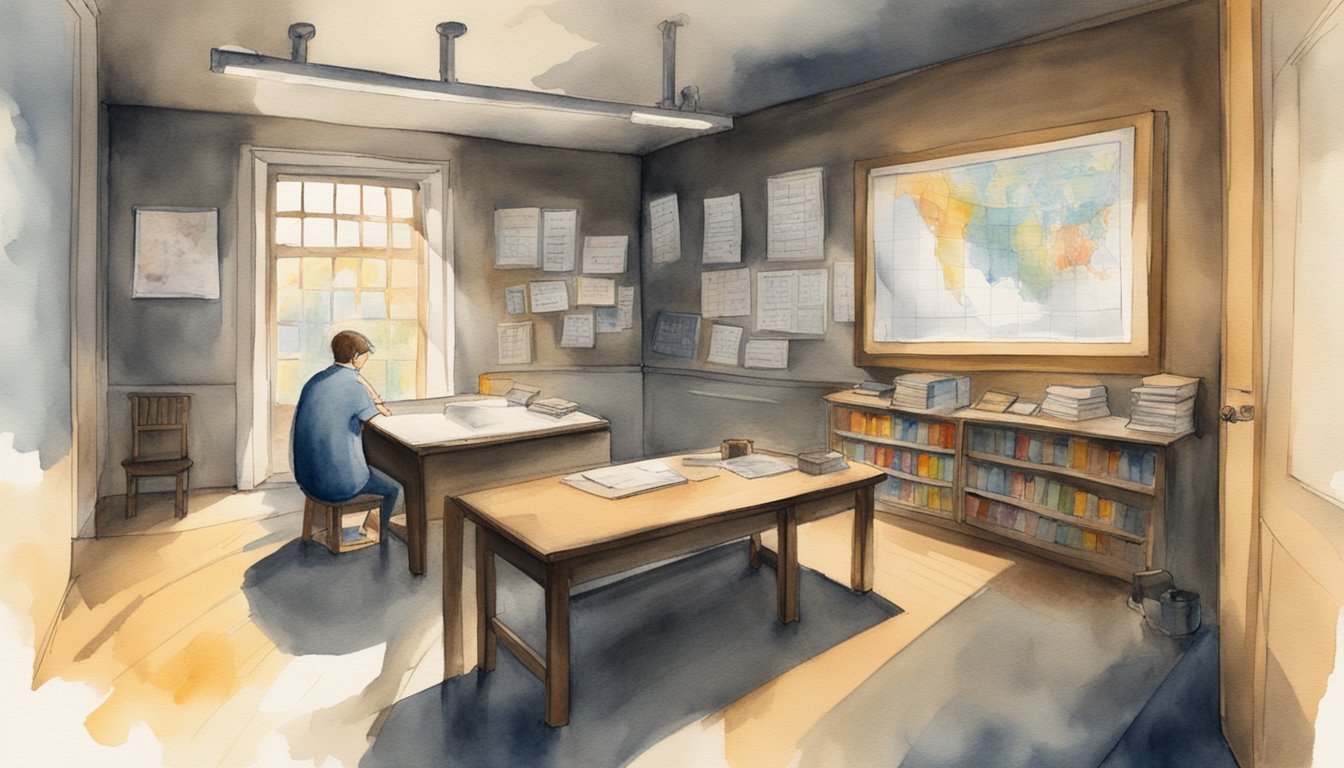Understanding Pupil Dilation
The size of our pupils constantly adjusts in response to environmental stimuli and physiological changes to optimize vision and protect the retina. Understanding the dynamics of pupil dilation, or mydriasis, reveals the complexities of how the human eye interacts with light and processes emotions.
The Role of Light
Light plays a pivotal role in pupil size. In bright light, pupils constrict to reduce the amount of light that enters the eye and protect the retina. Conversely, in dim settings, pupils dilate to allow more light to reach the retina, enhancing our ability to see.
Neurological Responses
Pupil dilation can reflect neurological activity. Stress, excitement, or the use of certain stimulant drugs can trigger an involuntary response known as mydriasis, indicating sympathetic nervous system activation. Conversely, conditions affecting cranial nerve function, like microvascular cranial nerve palsy, may lead to abnormal pupil responses.
Visual Acuity and Pupil Size
The link between pupil size and vision is intricate. Small pupils can result in sharper vision by increasing the depth of field and focus. During an eye exam, optometrists might induce mydriasis to get a better view of the retina and optic nerve, enabling them to diagnose conditions that could affect vision, such as retinal detachment or glaucoma.
Factors Affecting Pupil Dilation

The size of one’s pupils can change for various reasons, from light exposure to emotional states. Below, we cover the specifics of how different factors can influence this aspect of eye health.
Pharmacological Influences
Medications and drugs can significantly impact pupil size. For instance, dilated pupils are often associated with the use of substances such as cocaine, LSD, and ecstasy, due to their effects on the nervous system. Prescription medications like antihistamines, antidepressants, and decongestants also alter pupil size by interacting with the body’s neurotransmitters. Mydriatics like atropine and scopolamine, used by eye doctors during exams, intentionally cause dilation.
Medical Conditions and Other Causes
Dilation can be a symptom of various medical conditions, such as head injuries, brain tumors, or a stroke, which may affect the brain’s parts that govern eye function. Anisocoria, where one pupil is larger than the other, can arise from eye trauma or nerve damage. Further, incidents like chemical splashes or physical injuries to the eye itself can result in a blown pupil. Cataract removal and other eye surgeries might temporarily cause pupil enlargement.
Treatment and Prevention Strategies
Treating dilated pupils hinges on addressing the underlying cause. If drug use is the cause, cessation may reverse the condition. For those with light sensitivity due to dilation, wearing sunglasses or using special contact lenses can offer relief. Healthcare providers can administer antidotes to certain medications causing unwarrant seizures. Preventative measures include using protective eye gear to guard against injuries or chemical exposures.

